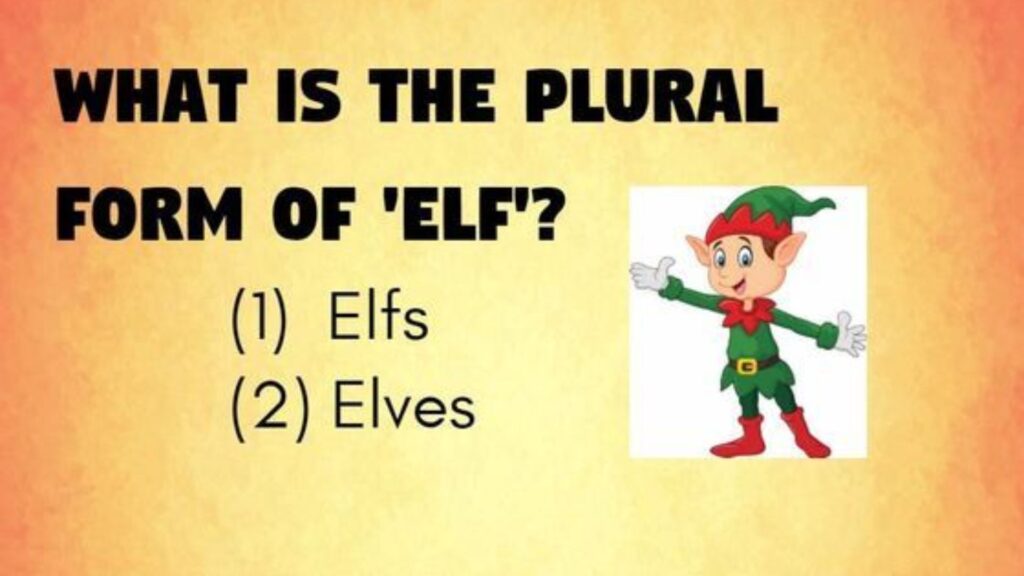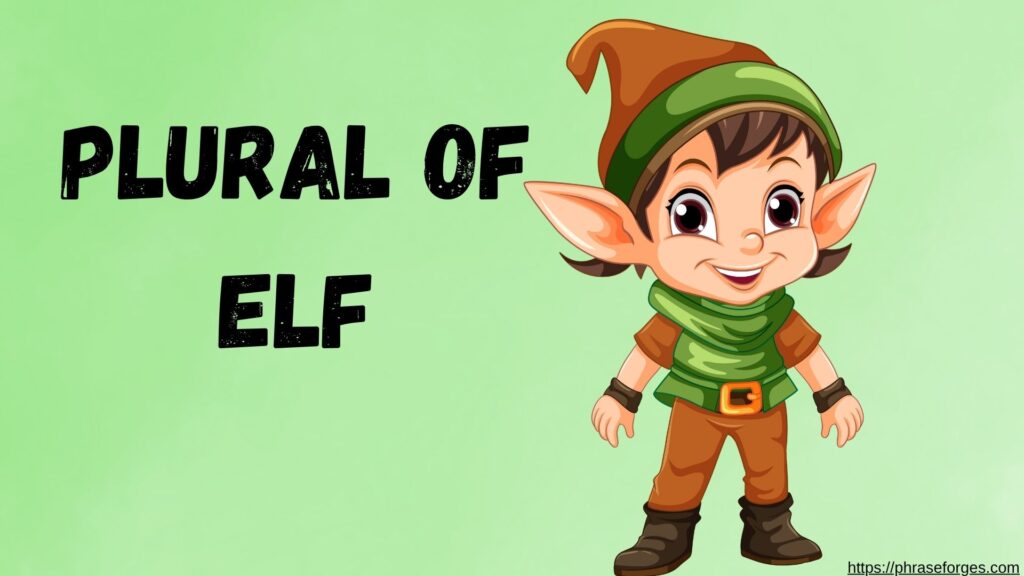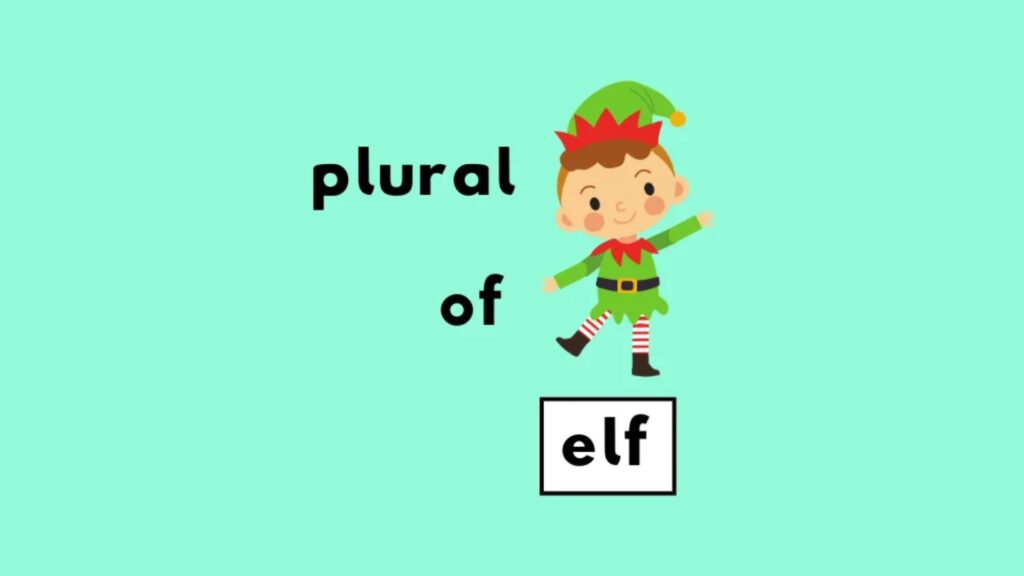When you hear the word elf, you might picture a small creature with pointed ears and a mischievous grin. But what happens when you want to talk about more than one? The question of what constitutes the plural of “elf” might seem straightforward, yet it opens a fascinating discussion about language, folklore, and cultural significance.
The Standard Plural: Elves

The most widely accepted plural of “elf” is elves. This form follows the common English rule for nouns ending in “f” or “fe,” where the “f” changes to a “v” before adding “es.”
Usage Note
For example, consider this scenario:
Email Subject: Holiday Cheer from the North Pole!
Dear Family,
As the holidays approach, let’s remember the elves who work tirelessly at the North Pole to spread joy. These magical beings, with their cheerful demeanor and enchanting skills, bring smiles to children everywhere.
Wishing you a warm and joyful holiday season!
Best,
Lily
In this email, “elves” clearly refers to multiple creatures, capturing the spirit of the season and the charm of folklore.
Irregular Plural Nouns

“Elf” is not the only word that undergoes an irregular transformation in its plural form. Other examples include dwarf/dwarves, thief/thieves, and shelf/shelves. These irregular plurals often confuse language learners, but they enrich the English language by adding variety.
Contextual Example
When discussing fantasy literature, the following sentence illustrates the concept well:
“In the enchanted forest, the dwarves and elves worked together to protect their realm.”
Here, both “dwarves” and “elves” showcase the playful complexities of English plurals.
Cultural Significance: Etymology of Elf
The term “elf” has deep roots in Germanic folklore, tracing back to Proto-Germanic origins. In various cultures, elves have different representations, from playful helpers to wise guardians. Understanding this etymology enriches our appreciation for the term and its pluralization.
Example in Literature
Consider the works of J.R.R. Tolkien, where elves play a central role in Middle-earth. His portrayal of elves as noble and ancient beings adds depth to our understanding of their plural form.
Engaging with Folklore
Imagine writing a short story set in a cultural context. You might say:
“The elves, wise and graceful, gathered under the moonlight to share ancient tales of their ancestors.”
This sentence not only uses the plural form but also immerses the reader in a rich narrative.
The Playful Plural: Elveses

In informal settings, you might encounter playful variations like elveses. While not grammatically correct, using this form can inject humor into conversations.
Light-hearted Text Message Example
Picture a group chat among friends:
“I just spotted a couple of elveses sneaking around my backyard! I think they’re planning a surprise party!”
This playful use captures the fun and whimsical nature of language, reminding us that creativity can flourish even in grammar.
Conclusion: The Joy of Language
In conclusion, understanding the plural of “elf” involves more than just a grammatical rule. It invites us to explore the rich tapestry of language and its cultural significance. While “elves” is the standard plural form, playful variations like “elveses” and the exploration of irregular plurals add layers to our linguistic experience.
So, whether you’re crafting a holiday greeting or writing a fantasy tale, embrace the magic of words. The next time you encounter “elf,” remember its plural form elves and revel in the joy of language!

